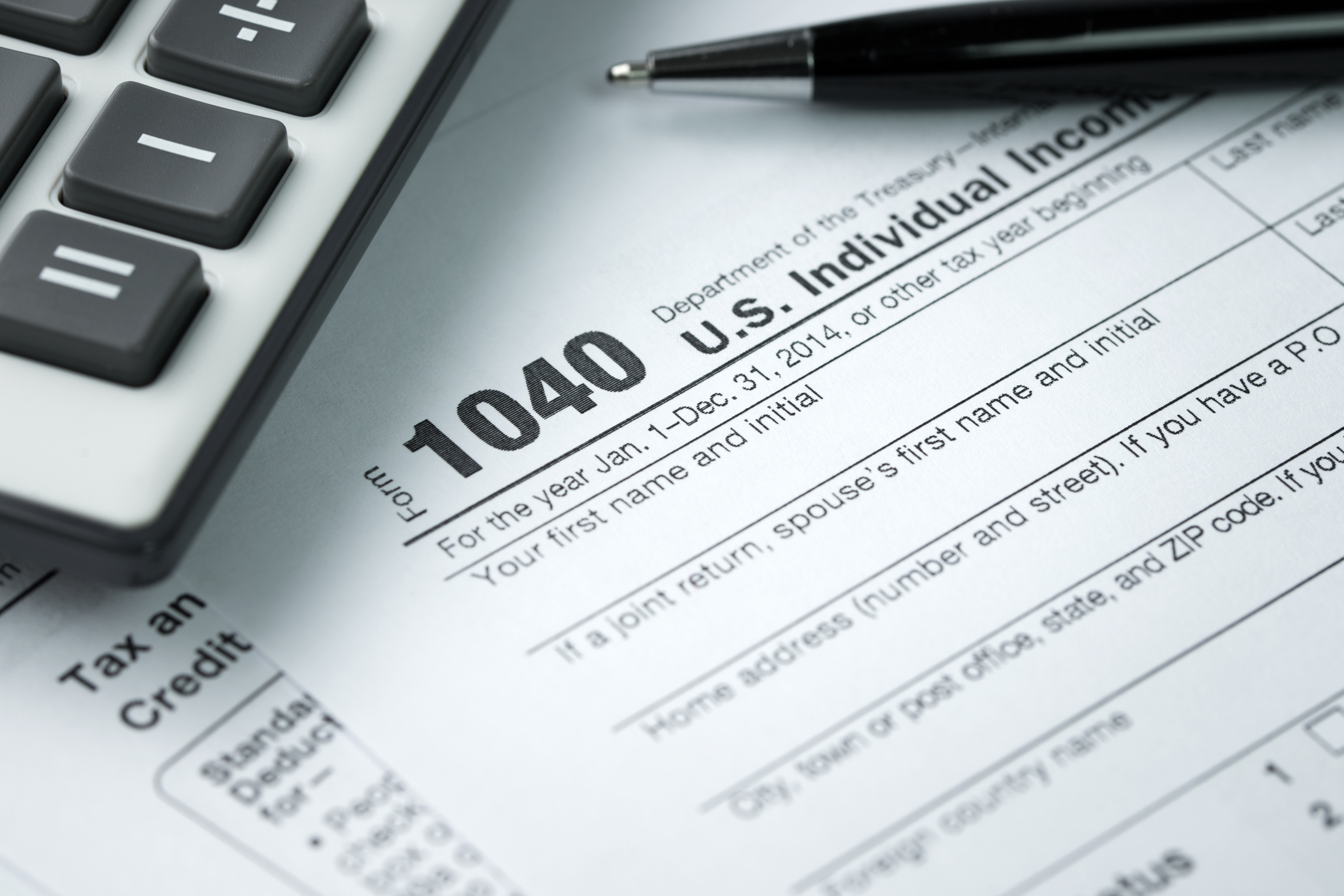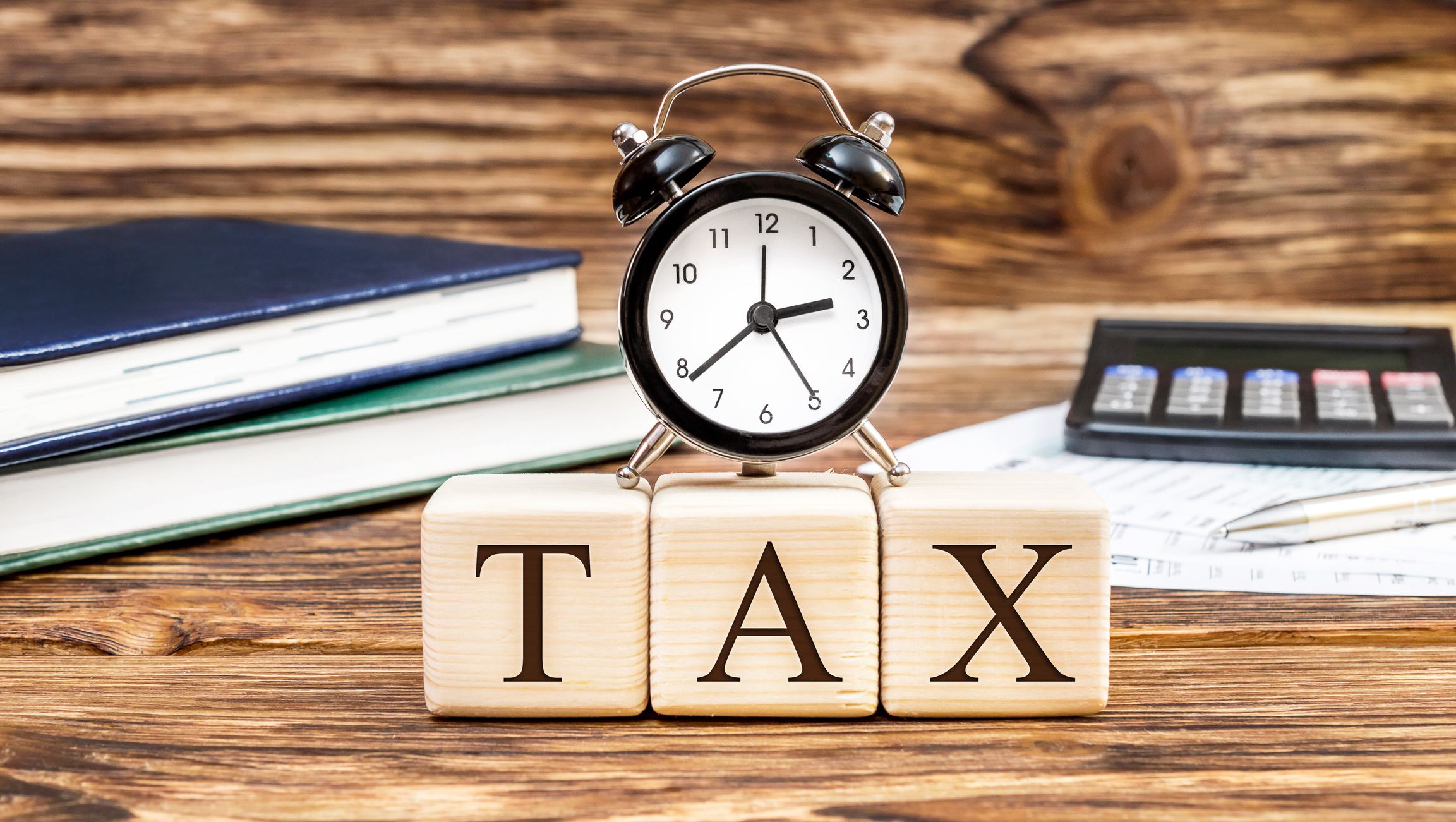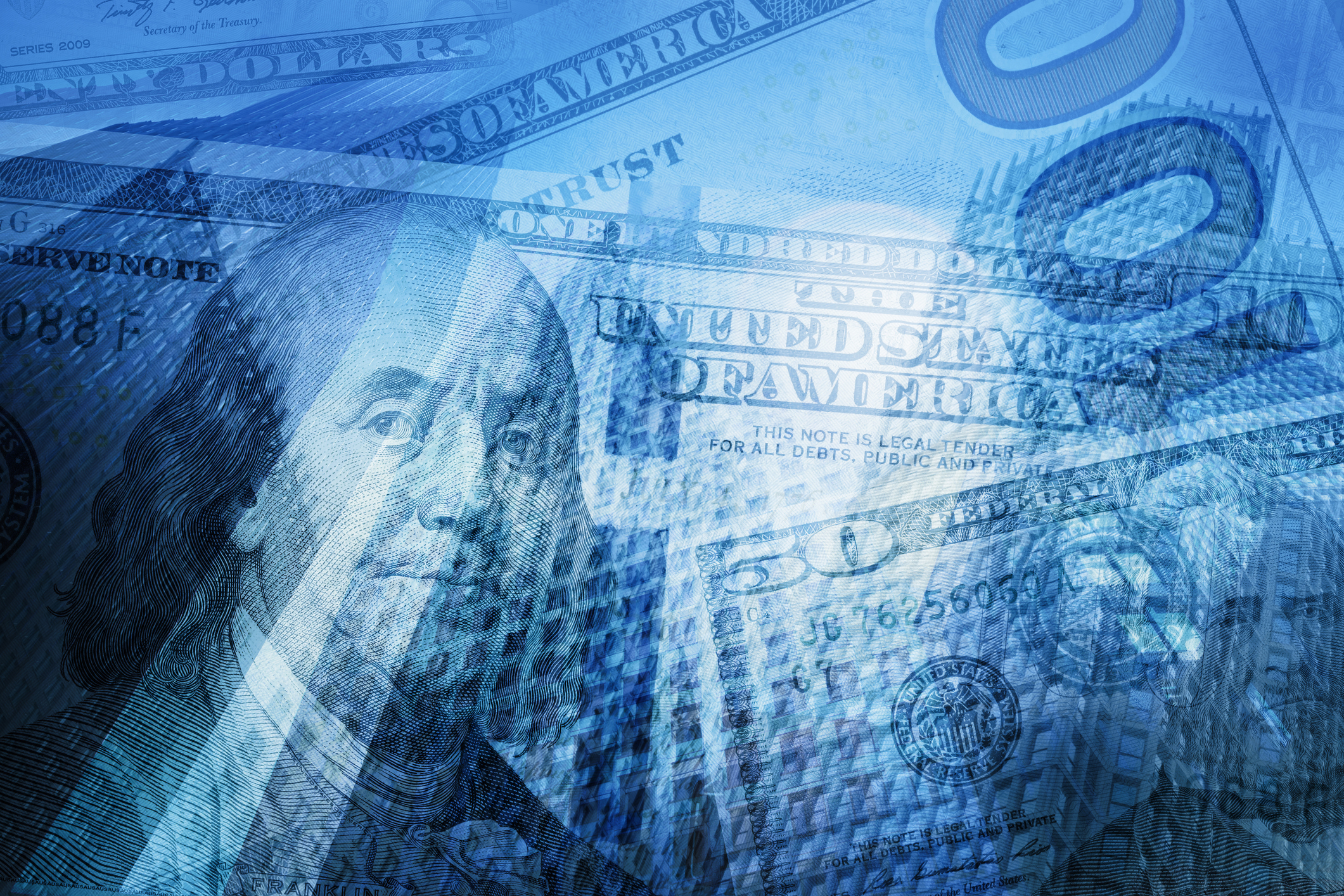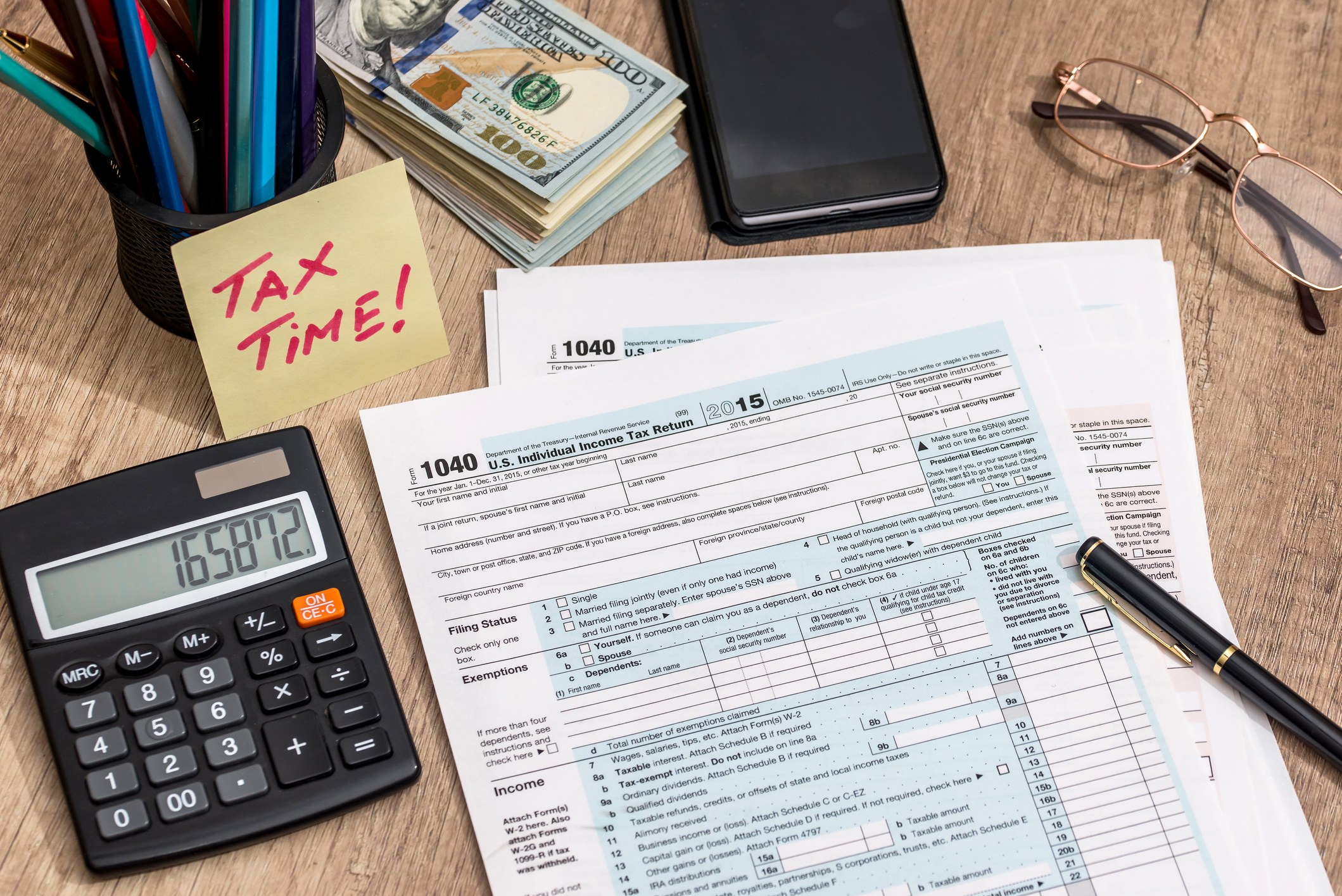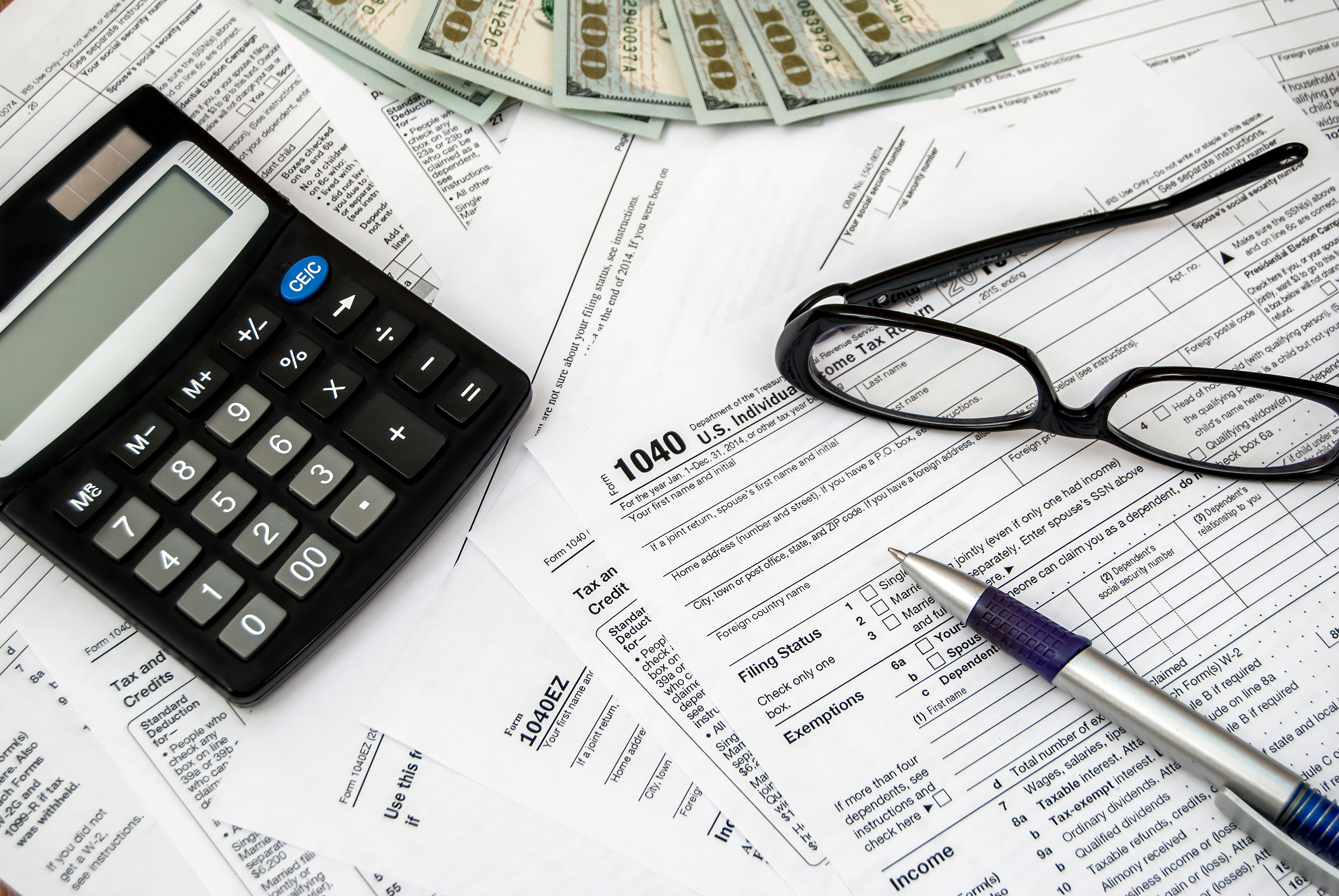Bullish vs. bearish trend reversals
A bullish trend reversal occurs at the stock market's peak. Investors may perceive that most or all of stocks' upside potentials are already priced into the stock, or a material event may have occurred. If the economy has been expanding too rapidly and monetary inflation is occurring, then a bullish trend reversal can be triggered by a central bank, like the Federal Reserve System, raising interest rates. Bull markets, which usually last several years, formally end when asset prices decrease by 20% from their peak.
Bearish trend reversals occur in the trough of the stock market's cycle when asset prices that were declining begin to increase. These price increases can be spurred by central banks lowering interest rates -- which increases companies' and consumers' access to credit -- by increasing the money supply, and by governments' efforts and expenditures to stimulate their economies. Bear markets, which thankfully are usually much shorter than bull markets, formally end when asset prices increase by 20% from their lowest value.
What is not a trend reversal is a stock market correction, which is generally short-lived and defined as a more than 10% decline in asset prices. Stock market corrections historically happen around once a year and do not result in a permanent directional change in asset prices, which continue to rise.

